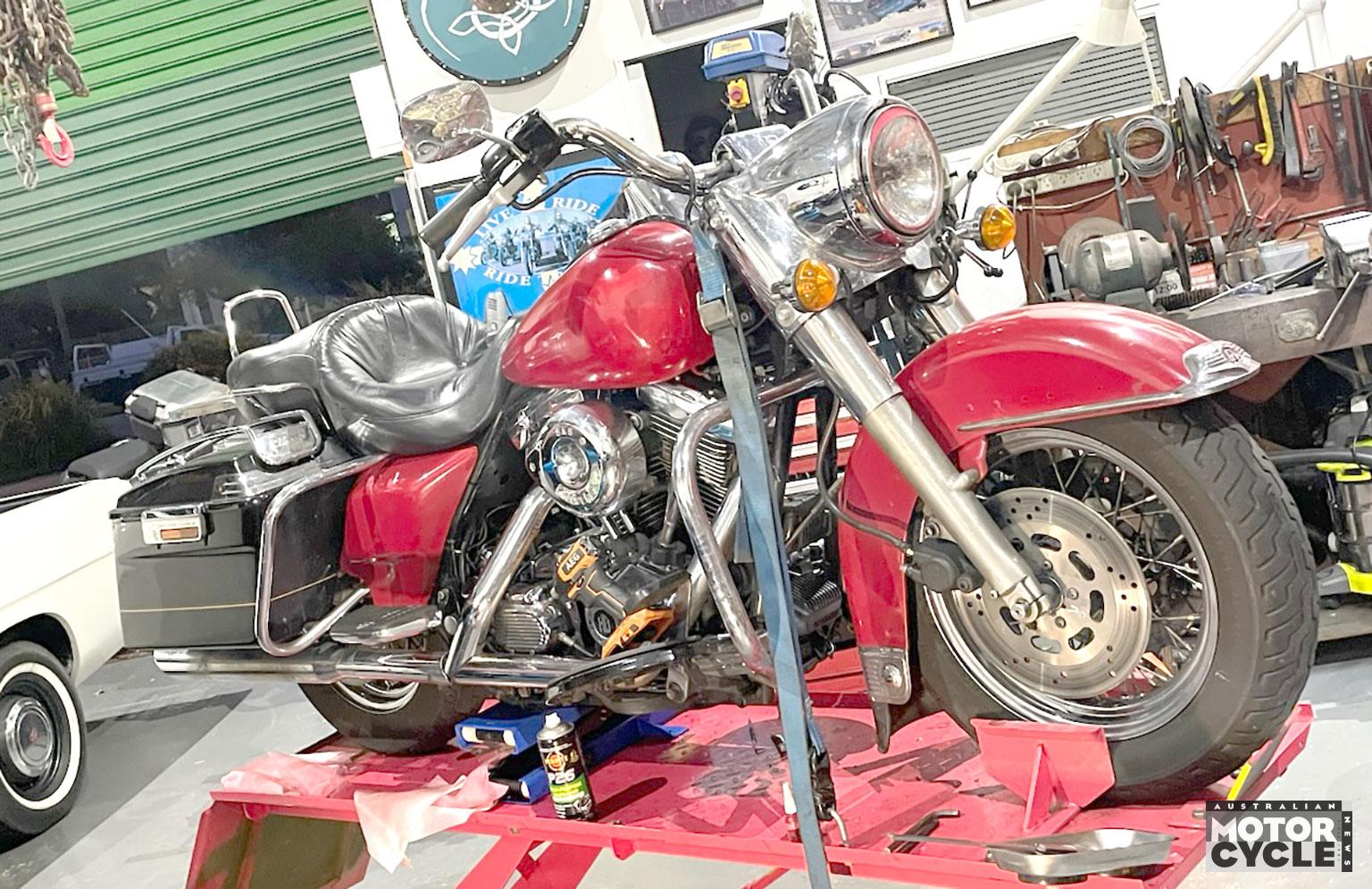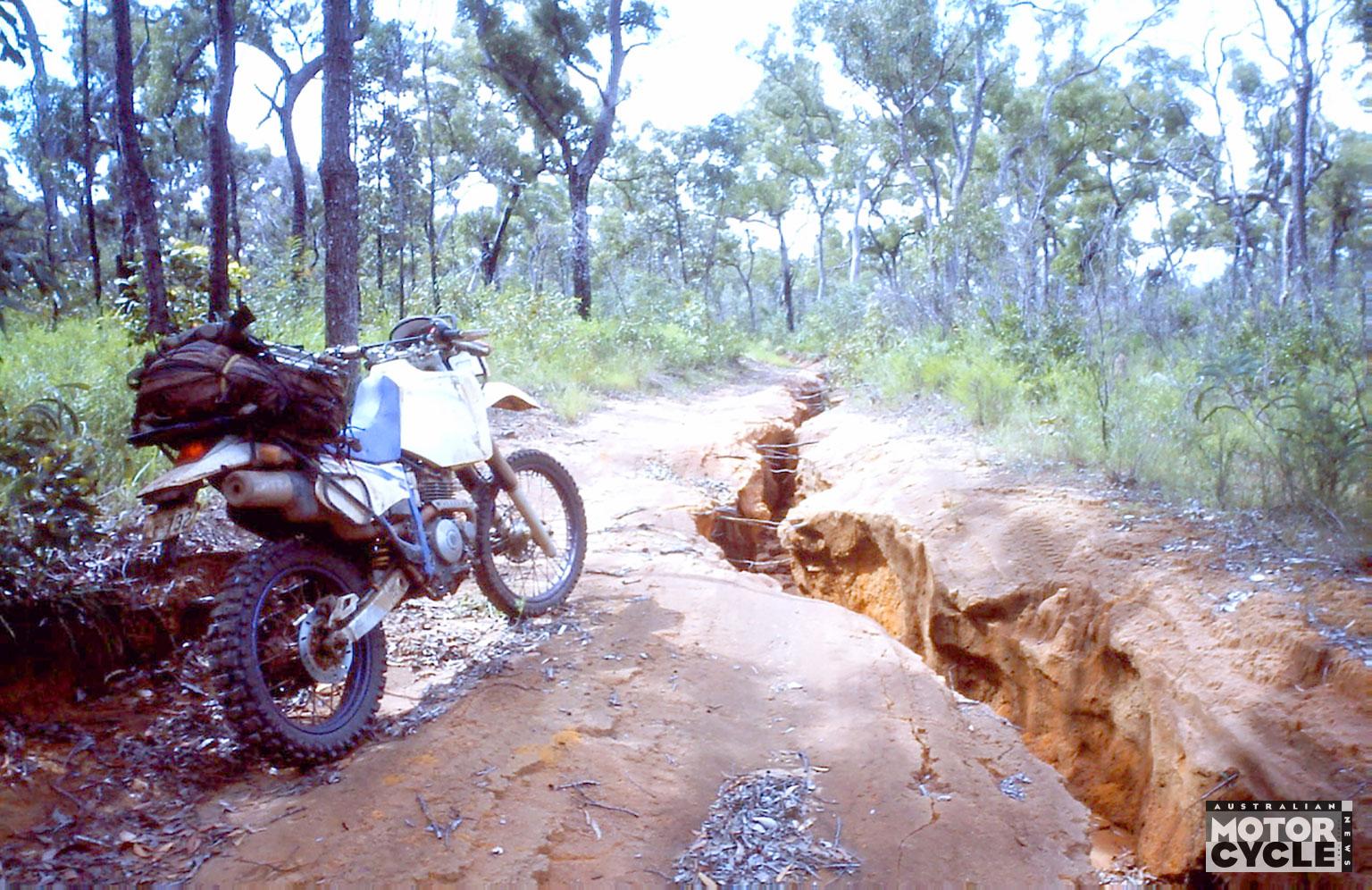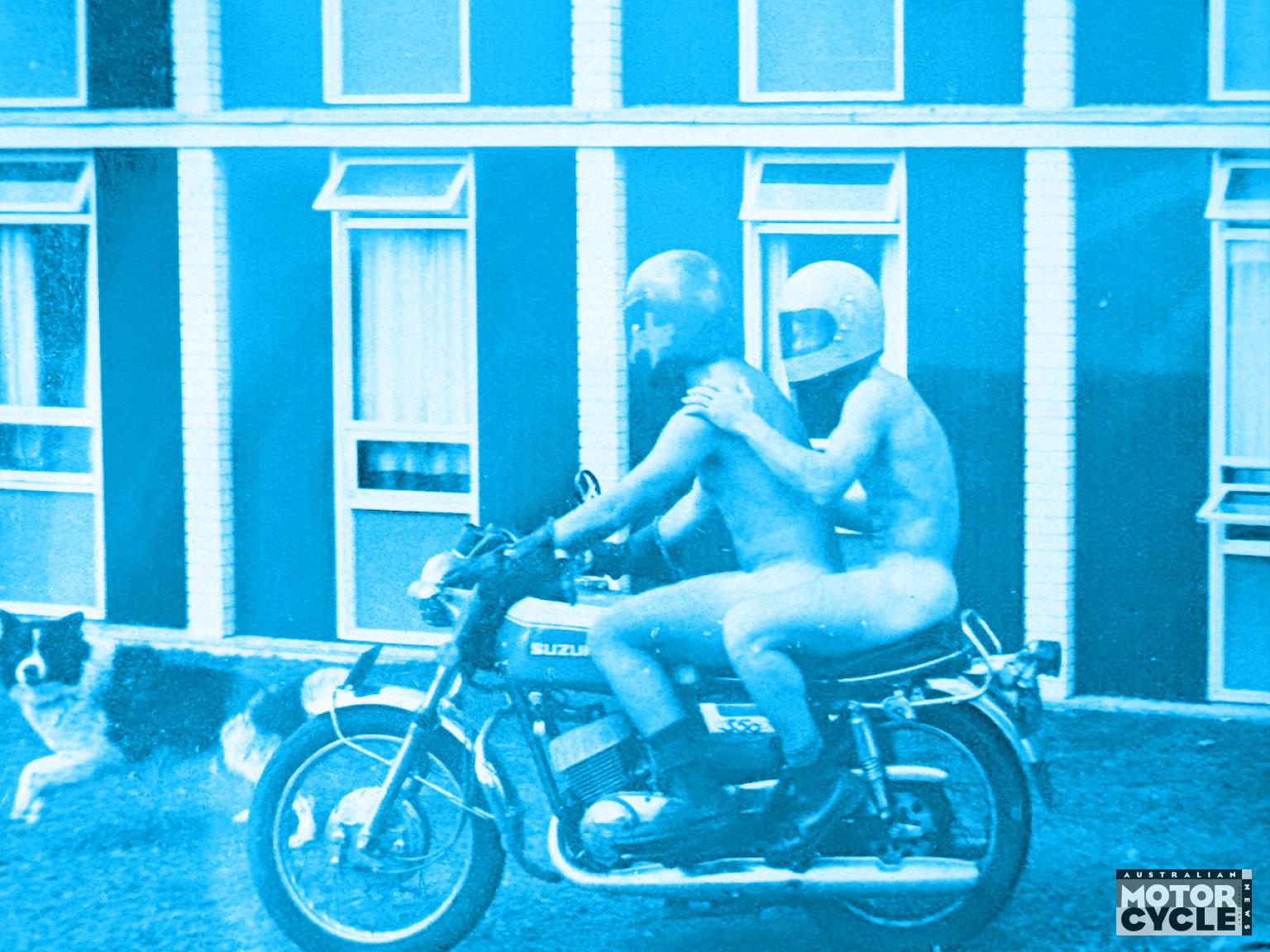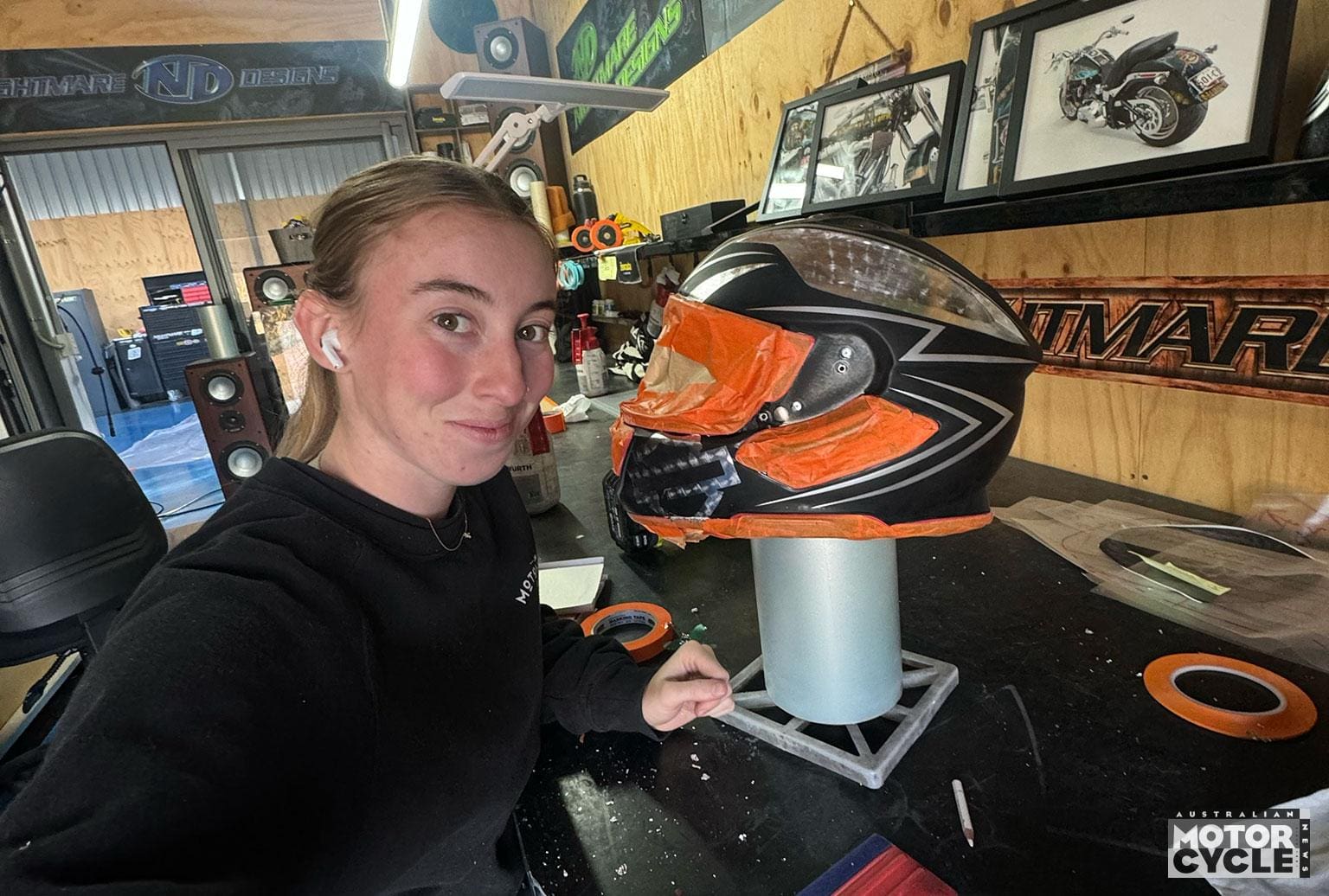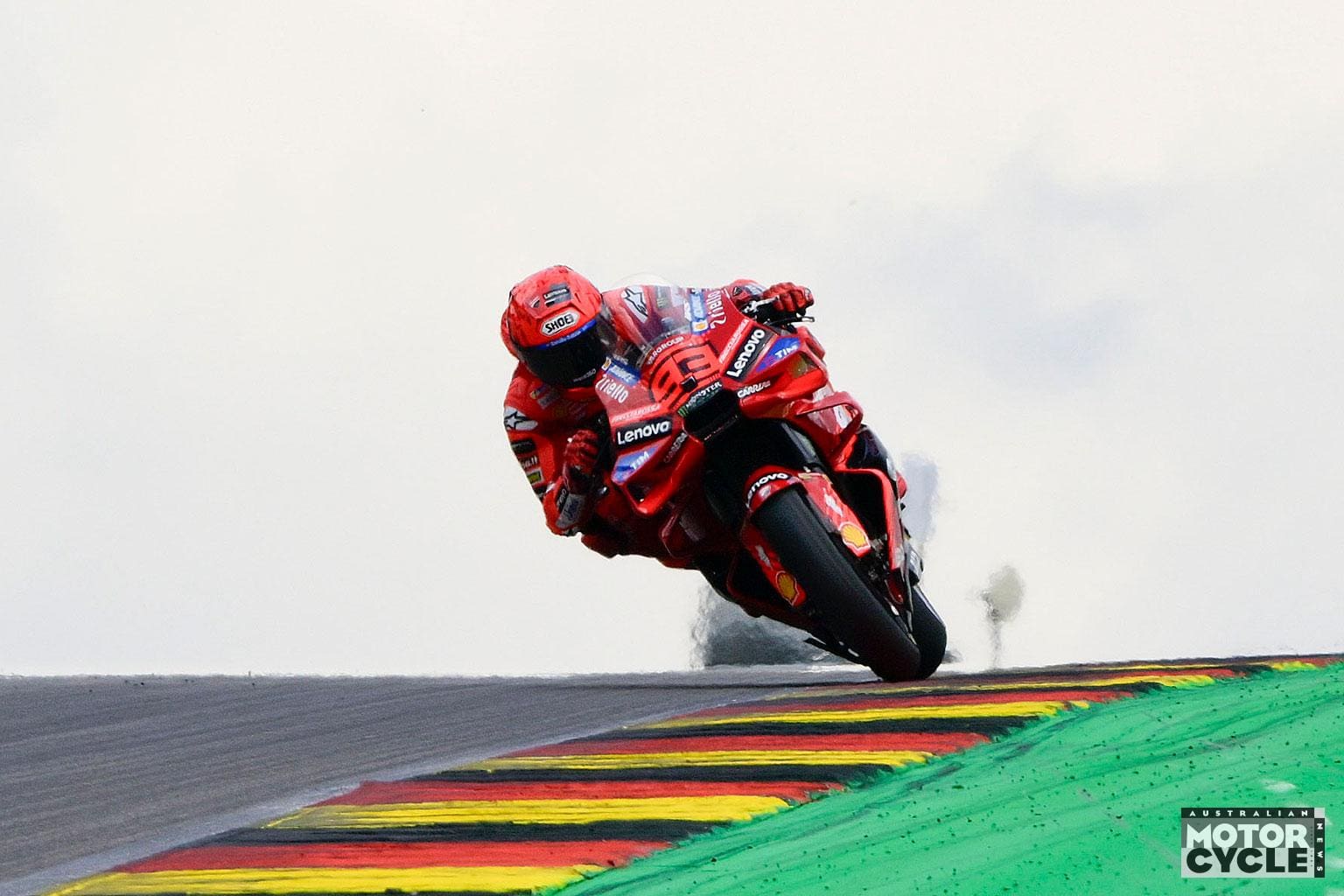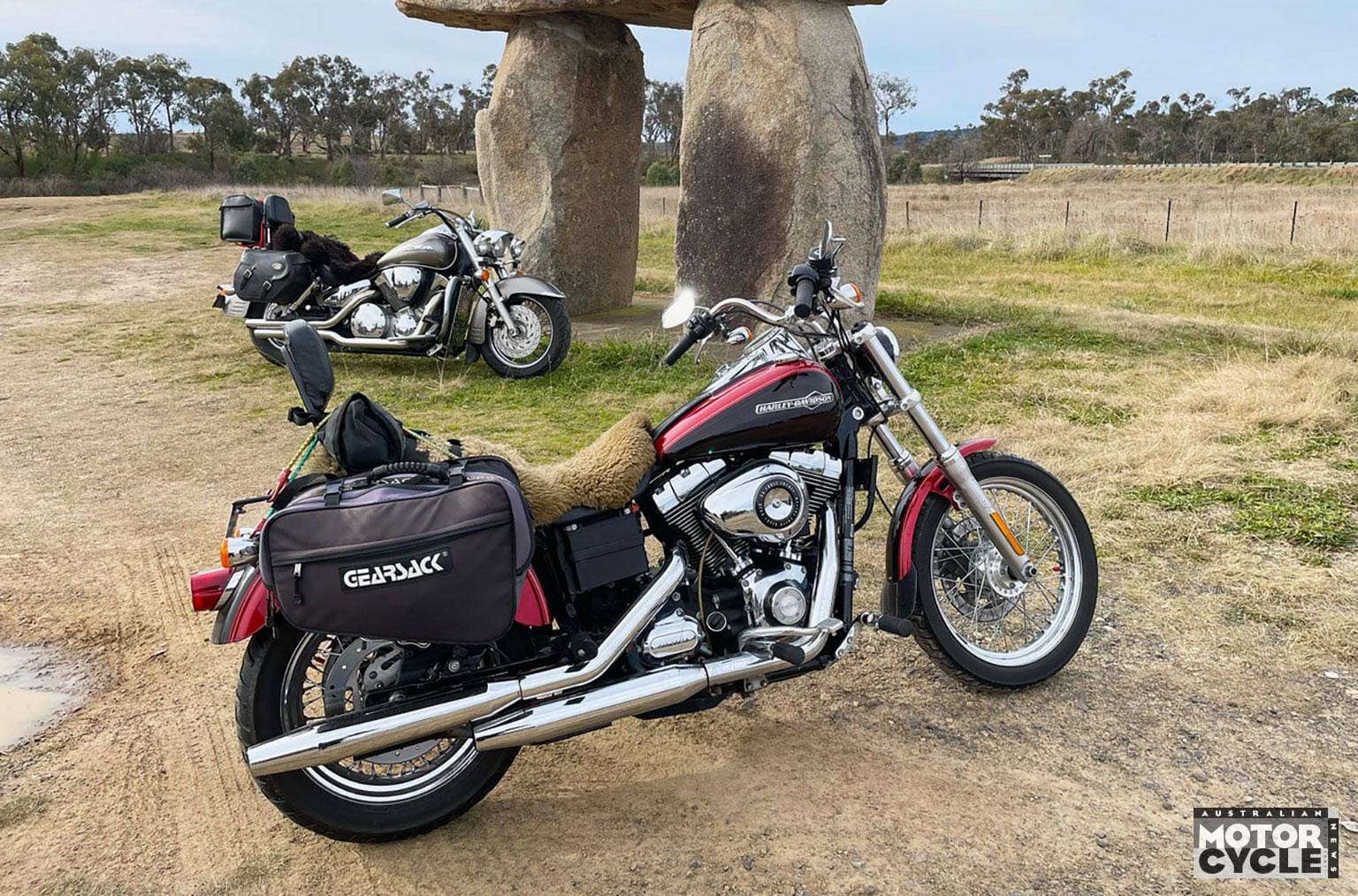The first will be a well-used Record brand engineer’s bench vice with raised letters on the side proudly proclaiming ‘Made in the UK’. That vice will probably have a bent handle because when the owner was a 70s longhair with not much experience it was overtightened at a crucial phase of some dodgy fix-it project. But because it was made of Old School cast iron, the vice didn’t shatter like a modern cheapie would. It’s a workshop survivor.
Look further along the bench and you’ll see an original Ryobi bench grinder. Another survivor, it will have a slightly discoloured tin plate on its solid casting listing the model number (HBG6RC) and a slogan beneath saying ‘Powerful ½hp’. Not many people know that this Japanese company has been manufacturing power tools since 1968.
A bench grinder is just a horizontal motor with a spindle at each end. That and a vice are the two essential items for anyone who has ever worked on a motorcycle from the 1950s, 60s or 70s.
Younger 70s longhairs weren’t overawed by motorcycle maintenance, especially if their bike was more than a few years old. Back then machinery just needed fuel, a spark and compression to run. No electronic engine-management gobbledygook.
Bike wouldn’t start? Take out one spark plug and hold it against the cylinder head to earth it while you crank the engine over. A strong blue spark meant you’d better start pulling the carburettor(s) apart.
These basic skills had been passed down from the generation before. That generation never threw something away that could be fixed. And there were a million cheap tricks to keep something going.
All this came back to me a few months ago when the low-mileage original 1974 850 Commando I was riding suddenly wouldn’t pull past 2500rpm.
The cause? Mysteriously, the clip holding the needle to a slide in one of the twin’s carburettors had become disconnected. It was an easy fix for an Old School guy on the side of the road, but even if I hadn’t been able to solve this mystery I would have been able to ride home. How? Well, 2500rpm in top gear on a Commando equates to about 85km/h. A lotta torque about Norton, eh?
People born in the 1950s who spent their teenage years in the late 60s and early 70s have life skills that social experts reckon are dying out. These include the ability to do basic home maintenance, cook a simple meal from scratch, read maps and know where north is, sew up holes in socks and trousers, write a meaningful letter… the list goes on.
Talking of writing, we all felt an obligation to send fortnightly aerogram letters home for a year or so after we left the nest for pastures new. I came across one a while ago that wouldn’t pass muster today. It was an 18-year-old writing home to say that the job was going well but he’d had to get his 3TA Triumph’s head rebuilt with two new exhaust valves. The cost for parts? $6. Labour? $15. His weekly pay packet? $35.
My parents didn’t need this much information, but I guess the point was to show that the money was being spent in a responsible way.
Some of our Old School values are celebrated in a new book (and a website) called The Illustrated Art of Manliness, which is described as “an indispensable, hands-on guide dedicated to the lost art of being a man”.
This hipster’s Bible says: “Motorcycles are one of the pinnacles of manliness. They’re up there with Islay single malt, grass-fed sirloin and Creed’s Green Irish Tweed aftershave.”
Another part of this manly manual proclaims: “Motorcycles represent a peculiar combination of several manly elements: danger, speed, singular focus, solitude, mechanics, noise and physical skill.”
Sounds like they’re onto something. It’s that magical elixir of youth that we former 70s longhairs have been imbibing for decades.
